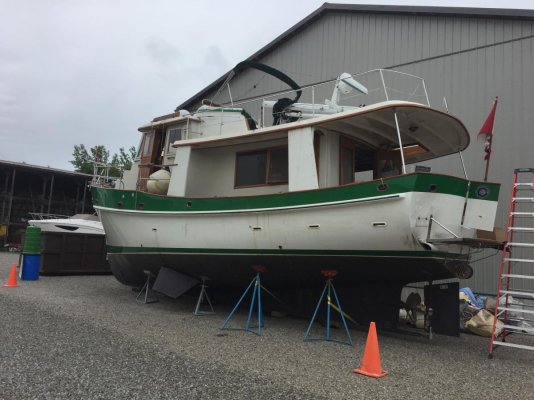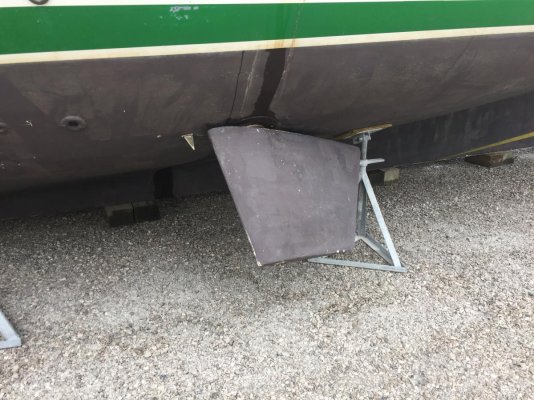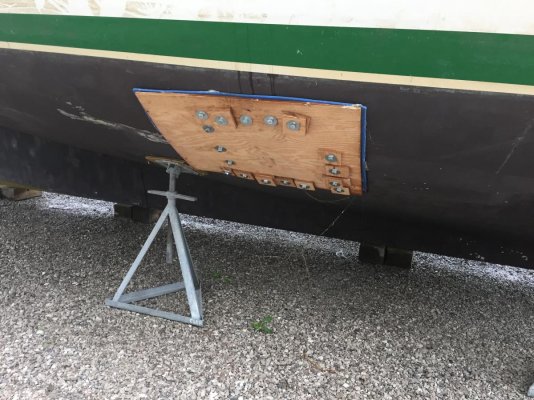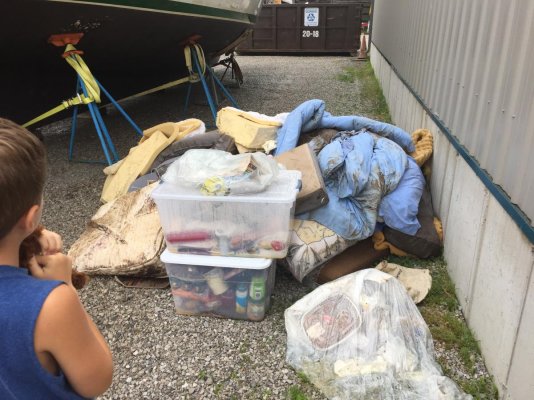Bigsfish
Guru
- Joined
- Aug 29, 2016
- Messages
- 2,987
- Location
- USA
- Vessel Name
- Gotcha
- Vessel Make
- Grand Banks. Heritage. 54
Ski
I don't care for fins sticking out either but having never been on a gyro boat it seems appealing. We are contemplating a new boat and the fins have kept two deals away. Hard to find boats with gyros and certainly don't want to build one again.
I don't care for fins sticking out either but having never been on a gyro boat it seems appealing. We are contemplating a new boat and the fins have kept two deals away. Hard to find boats with gyros and certainly don't want to build one again.






